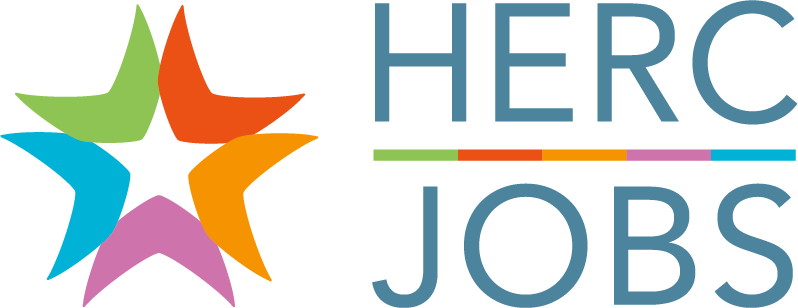
The higher education field thrives on collaboration, shared knowledge, and community. Networking is one of the most valuable tools for building a successful career in higher education, allowing you to build a reputation, exchange ideas, and stay informed about trends in the field. Yet, growing a professional network is often overlooked by recent graduates and early-career professionals. Whether you aim to secure a position, collaborate on research, or gain guidance from experienced professionals, making the right connections can lead to opportunities you might not discover otherwise. Effective networking helps establish meaningful relationships that provide support, career inspiration, and long-term success.
This article will explore building professional networks in higher education by finding mentors, fostering relationships with colleagues, and actively participating in professional organizations.
Connect with Mentors
Mentors are an invaluable part of your professional network in higher education. They offer guidance, share their experiences, and help you navigate challenges as you advance your career. Finding and establishing a strong mentor-mentee relationship is one of the most effective ways to grow in your field.
Finding Mentors
Start within your immediate circle. Professors, supervisors, or senior colleagues who have guided you during your education or work experiences are excellent candidates. Attend conferences, academic workshops, or webinars outside your immediate network to meet professionals whose work aligns with your goals. For example, if you are interested in educational policy, seek out scholars or administrators who specialize in that area.
How to Reach Out
When reaching out to a potential mentor, personalization is key. Explain what you admire about their work and how their expertise aligns with your goals. Be clear about why you are reaching out. For example:
“I have been following your research on higher education equity, and it aligns closely with my interests… I would appreciate the opportunity to learn more about your career path and any advice you might have for someone starting in this area.”
Maintaining the Relationship
After you have connected with a mentor, nurture the relationship by scheduling regular check-ins, asking thoughtful questions, and showing genuine gratitude for their time. Share updates on your progress and let them know how their advice has affected your decisions. Building a strong mentor-mentee relationship takes effort, but it is a mutually rewarding experience that can last for years.
Develop Relationships with Colleagues
Colleagues are an essential part of your professional support system. Building strong relationships with them fosters collaboration, shared learning, and long-term connections that can enhance your career.
Start Where You Are
Begin by engaging actively in your academic or workplace environment. Volunteer for team projects, participate in department meetings, and attend social events. Informal interactions, like grabbing coffee or chatting at a networking mixer, often create stronger bonds than formal interactions,
Network Beyond Your Institution
Conferences, panels, and workshops are excellent opportunities to meet colleagues outside your immediate circle. Do not hesitate to introduce yourself, exchange ideas, or share your interests. For example, approach the speaker with a compliment or a follow-up question after a conference presentation that resonates with you.
Stay in Touch
Building relationships requires consistency. Stay connected through LinkedIn or email and check in periodically to share updates or celebrate their achievements. A simple message, such as congratulating a colleague on a publication or promotion, keeps the relationship alive.
Be Active in Professional Organizations
Professional organizations are invaluable for anyone seeking to expand their professional network in higher education. These groups provide access to career resources, professional development, and a broader community of like-minded individuals.
Benefits of Joining Professional Organizations
Membership often includes access to job boards, mentorship programs, webinars, and exclusive networking events. Examples of organizations in higher education include NASPA, the American Association of Colleges and Universities (AAC&U), and regional education associations. Membership helps you connect with others and keeps you updated on trends in your field.
Get Involved
Joining an organization is just the first step. To maximize your experience:
- Volunteer for committees.
- Contribute articles or resources to the organization’s newsletters.
- Submit proposals to present at conferences.
Active participation increases your visibility, demonstrates your dedication, and allows you to establish a professional reputation beyond your institution.
Expand Your Reach
Professional organizations allow you to connect with experts and peers across institutions and geographic locations. These connections can lead to research collaborations, job opportunities, and leadership roles. The more engaged you are, the more you will gain from your involvement.
Build Your Future Through Networking
Networking is a powerful tool that can transform your career in higher education. Connecting with mentors, fostering relationships with colleagues, and engaging actively in professional organizations will create a strong support system to guide and inspire you.
Networking is not about collecting contacts but building meaningful, mutually beneficial relationships. Approach every opportunity with curiosity, effort, and a genuine willingness to learn and share. The connections you form today will shape your future in higher education, opening doors to growth, collaboration, and success.
Check out Top Articles on HERC Jobs.
About the Author: Shelby Harris is a freelance writer and public sociologist. She holds a master’s degree in Sociology from East Carolina University.








